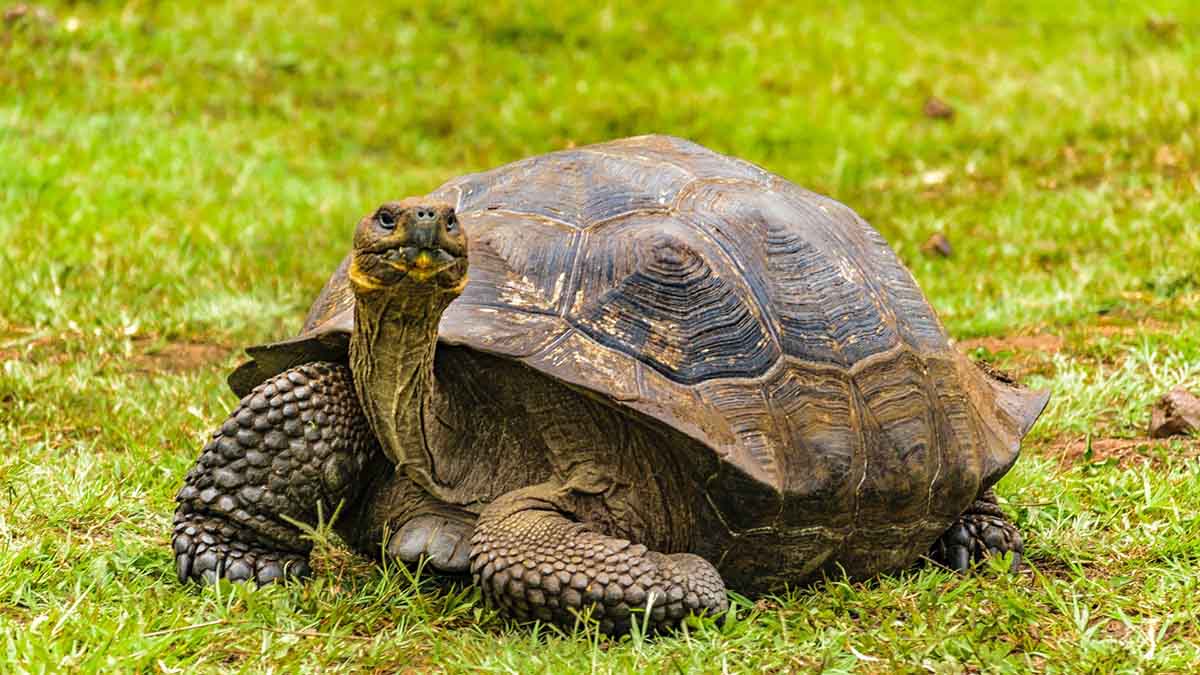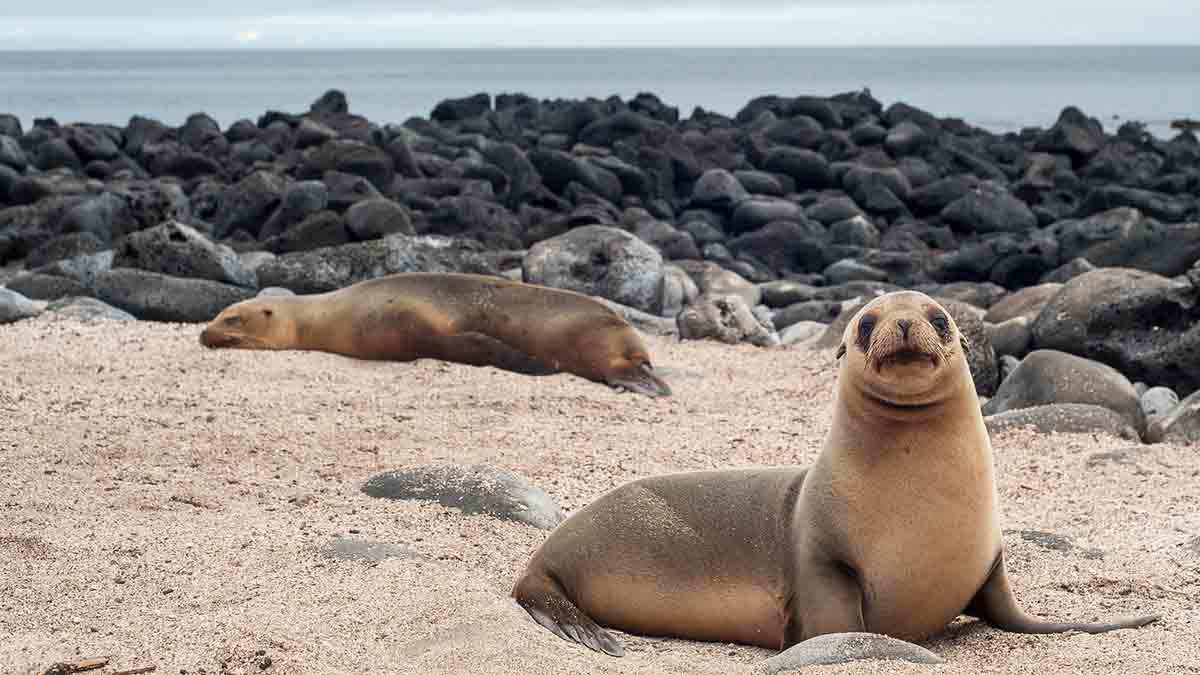This 11-day cruise through the Galapagos offers an in-depth exploration of the southern, central, and western islands, featuring a rich variety of wildlife, volcanic landscapes, and snorkeling opportunities. From the giant tortoises of Santa Cruz to the penguins and flightless cormorants of Fernandina, each day reveals the unique ecosystems of the archipelago, making it an unforgettable journey for nature lovers and adventure seekers alike.
Day by day
Map
Cruise Includes
All programed visits as per itinerary with specialized naturalist bilingual guide
Accommodation in twin/double cabin with private facilities (surcharge for suite)
All meals on board, drinking purified water, coffee and tea
Snorkeling equipment (fins, mask & snorkel) & sea-kayaks
Transfers within the islands on cruise dates as per itinerary
Personalized 24/7 assistance during tour
Cruise does not include
Airfare to/from Galapagos from/to Mainland Ecuador (to be added)
Galapagos National Park Entrance Fee US$200 per person (in cash only upon arrival)
Galapagos Migration Card US$20 in cash per person (at Mainland’s Airport)
Alcoholic/soft drinks, personal expenses, extras, and tips
All sizes wet-suits for rent on board (in cash)
Travel, medical & cancelation Insurance and any services on Mainland
Other services not specified in the program
Galapagos Southern, Central and Western Islands Cruise
Enquire now
Dates & Promotions
| Dates | Price (USD) | Available | Hold | Promotion | |
|---|---|---|---|---|---|
No data | |||||


